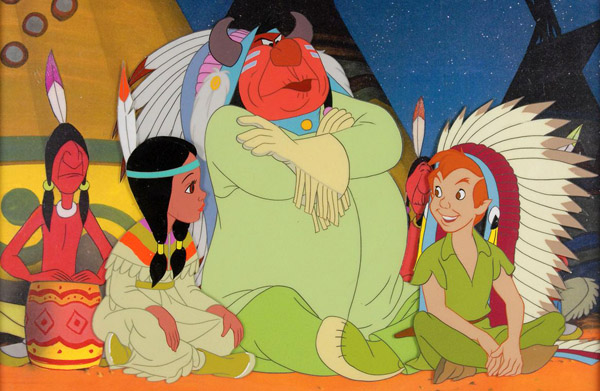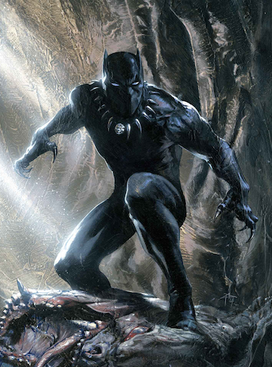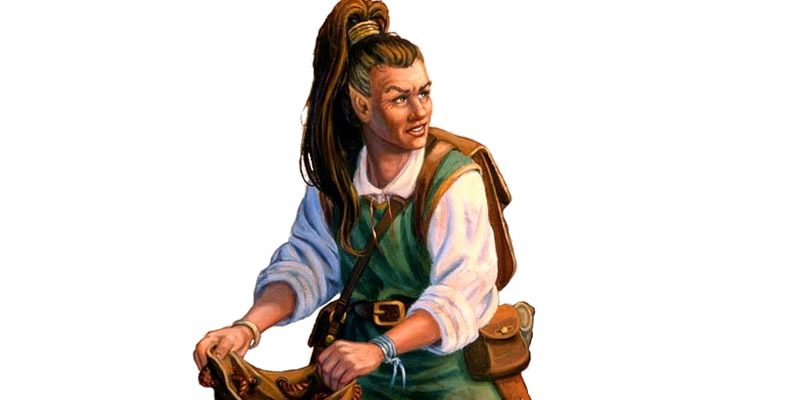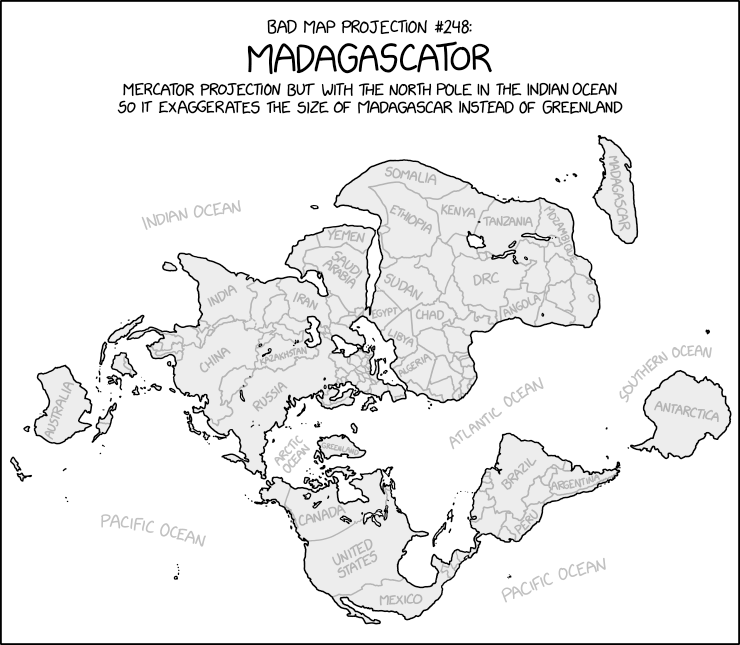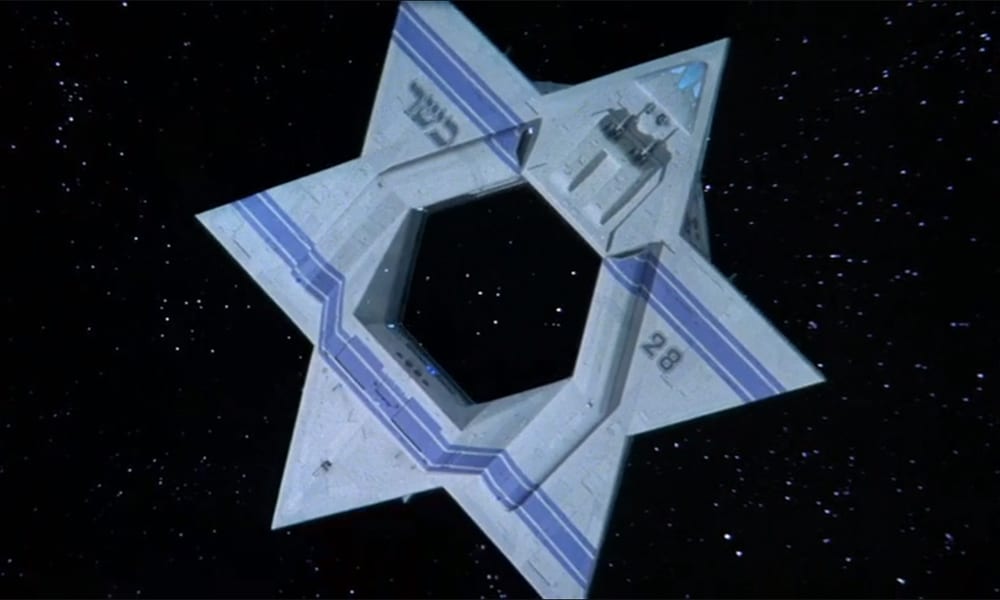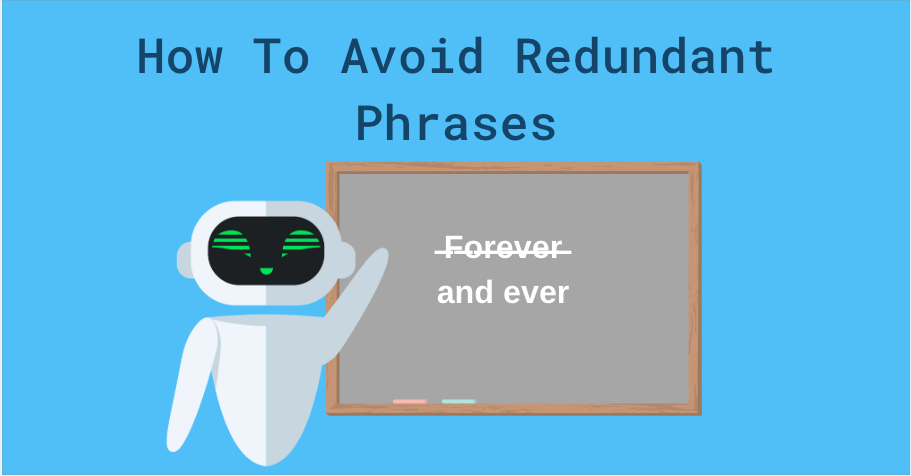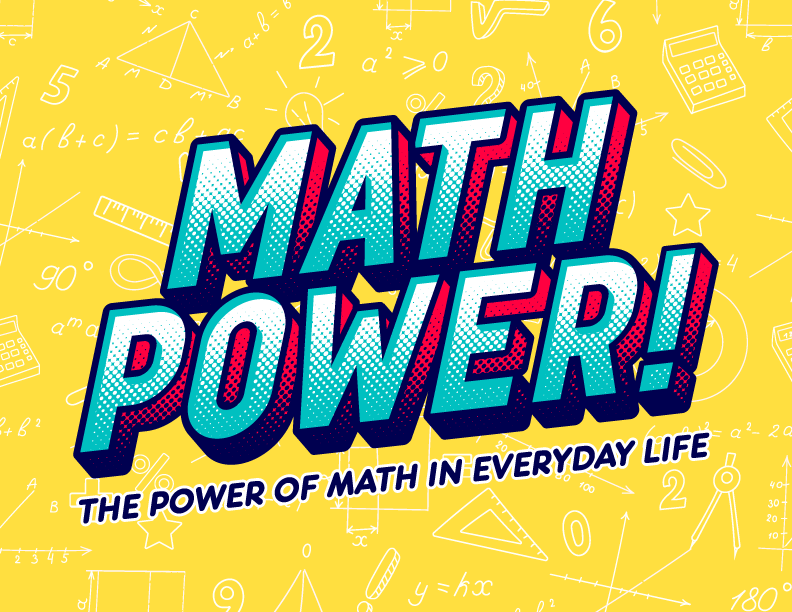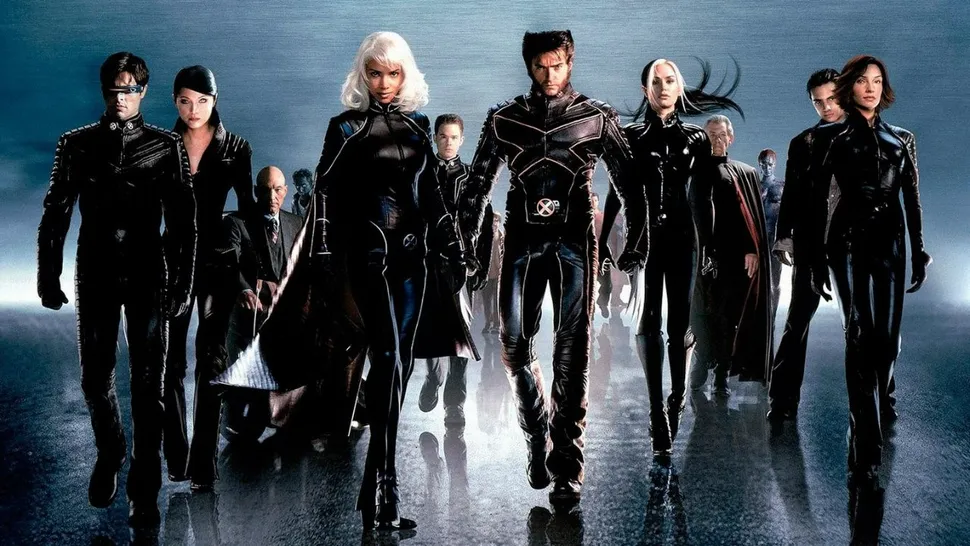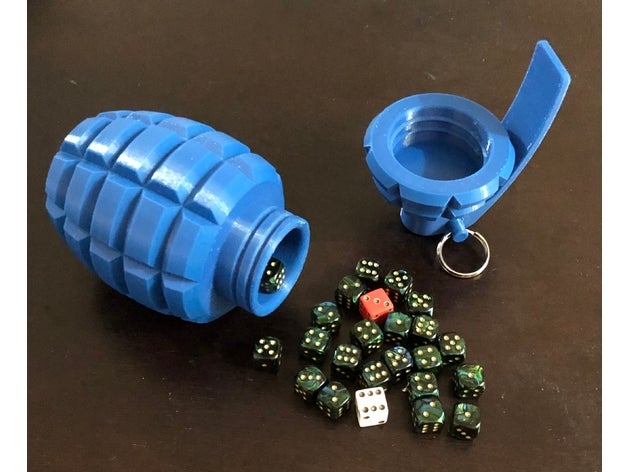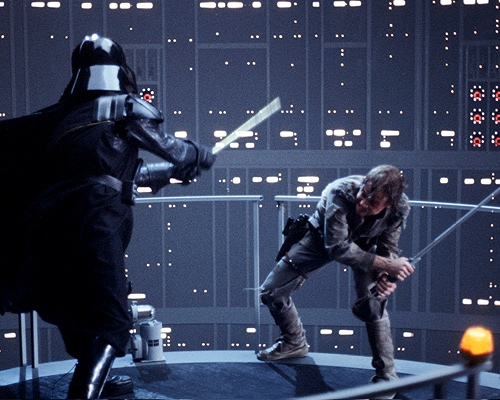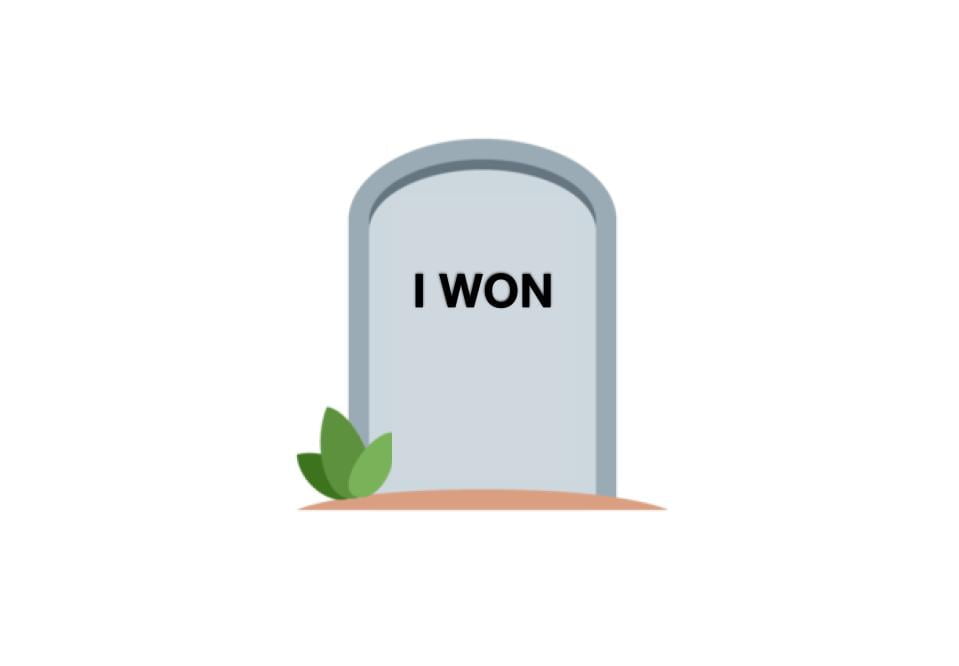Dealing Damage
Under Damage, it does clarify that damage is dealt based on the appropriate type,
Physical Mental or Spiritual. As mentioned previously, Spiritual is alternatively referred to as
Mystic. That appears to be a late-edit to avoid using MD for both Mental Defense and Mystical Defense.
As a matter of preference, using Physical Defense/Body; Mental Defense/Mind; Spiritual Defense/Soul seem like something that could be rendered more simply. I don't like Spiritual Defense because Spirit is an attribute, and Spirit isn't even part of Spiritual/Mystical defense (only Charisma and Will are included). If you have Body, you should have Body Defense (BD). If you have Mind, you should have Mind Defense (MD). If you have Soul, you should have Soul Defense (SD). Calling it Physical Defense (and knowing that it corresponds to Body) and Mental (knowing that it corresponds to Mind) and Spiritual/Mystical (depending on where you look in the book) corresponding to Soul is just unnecessary obfuscation. If you like Physical Defense, you can call 'Body' Physical - as long as they all have different abbreviations, that's good. It's NOT NECESSARY to bust out a thesaurus just for the sake of using different words.

After covering physical damage, they have sub-types of damage that might do other things, like Fire causing burning damage. Fire refers to burning (below) but then you actually don't find it until four pages later. With the text being so large, it's not a super-pain to have to flip around a little, but there are definitely a few times where I felt that the needed reference was neither obvious or it was described in multiple places and I had to read two different sections to understand a concept.
JESUS MARY & JOSEPH! Electrical damage causes a stun or INSTANT DEATH!!!! Apparently Instant Death only applies to NPCs but if you hit someone with a taser or an electric cattle prod (weapons that DO NOT EXIST IN THIS GAME), apparently people will just die. Now the base odds of getting a 12 on single die are 8.33% (1/12). Even though that will always give you an extra success, it's when you roll over the SN that you get a 'critical success' that triggers. So I totally think that there should be Electro-clubs and it's a shame they're not included (but there are rules for designing new equipment), so with a SN of 7 and one dice, you'll 'confirm' half your rolls, meaning 4% of the time you'll insta-kill ANYTHING. If you have 5 dice, you have a 35% of having at least one 12, so a 17.5% of insta-kill. So that's one of those places where I'm going to ding the designers for creating an OBVIOUSLY ABUSABLE RULE and if you think you MIGHT need to kill people,
why wouldn't you use an electro-blade?
Falling is very dangerous. For every 5 feet you fall, you risk 1 damage, thus falling 100 feet risks 20 damage. You can negate 1 damage for each success on Athletics. It doesn't list a SN, so my assumption is that it defaults to SN 8 as advised earlier. Each die you have has a 42% chance of rolling an 8 or better, so on average you'd expect 4 successes for every 10 dice you have. Now, I don't know how many dice you're going to have, but the only sample character that has Athletics listed has 7 (everyone else uses the lower of STR or END with no skill dice and most of the sample characters that is 2). So on average, the guy with Rank 7 Athletics is going to get 3 successes. His body is 10. His END is 3, so he dies at -3. If you push him out of a floating barge that is 100 feet up,
you're virtually certain to kill him!. You're GUARANTEED to kill all of his sample companions. Pushing people off floating ships is the BEST WAY to kill people. Technically, he can convert damage to Soul, so he can actually take 18 points of damage, but with 17 either Body or Soul is at 0, so he's definitely unconscious - but Yutsu craft can fly at up to 10,000 feet per the book, so you can just go to 200 feet to ensure that there's no surviving.
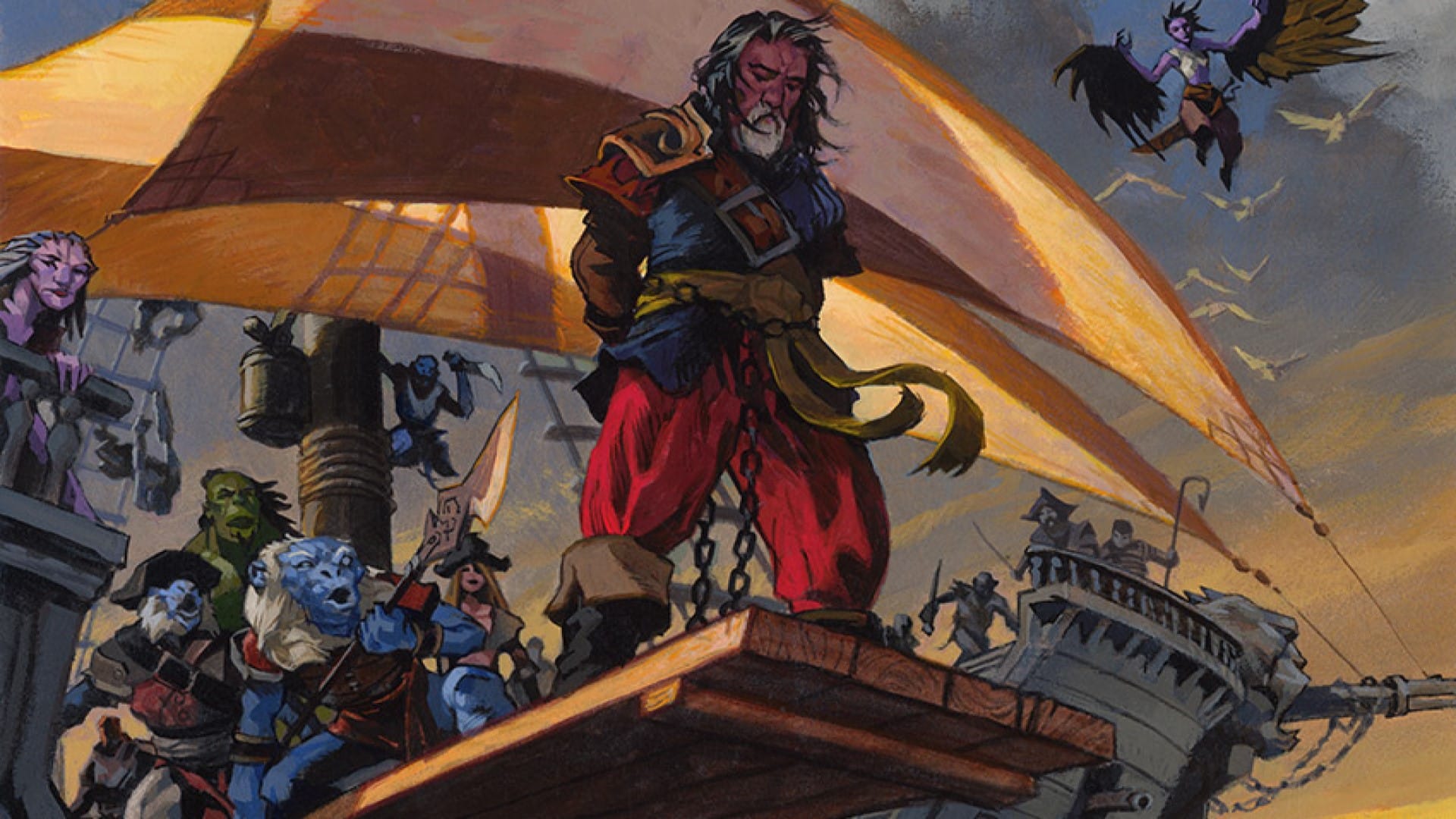
Forget nuke 'em from orbit - this is the only way to be sure
Now I know it's 'playing it wrong', but there's no reason for the game rules to INCENTIVIZE behavior that the game doesn't want to encourage. It mentions that people have survived falls from thousands of feet, so there's no reason not to set the damage based on range (short, medium, long) and fix the damage at 5/10/15, or set the damage at 15 but make SN 3/7/10 or some combination to adjust the numbers to generate the narrative element you want. So this is a section where
I absolutely would, without doubt issue a house rule on falling damage to avoid bad rules driving emergent play that runs counter to the narrative I want.
Non-lethal damage does Body Damage, but it can't reduce you below zero, unless you get a critical hit in which case it might be regular damage and someone might die. That's another rule that I just don't think is worth using in a nod to realism. Yes, if you hit someone with a club in real life, you could kill them. But in movies and TV shows knocking someone out with a blow to the head is standard. Making it so if you accidentally critical you kill them INCREASES violence in the game, and so reliably being able to disable someone without risking killing them seems like a good thing in most cases. Maybe that's just me.
I mentioned in the falling example that you can convert Physical Damage to Soul Damage; that's only a PC option (unless the SG says otherwise), and there are times that will limit your ability to activate abilities and things along those lines. This is called
Fortitude.
Following the types of damage, there's a description of 'effects' which are damage over time. They include exposure to the elements, poison, bleeding, stun, and burning. Several of these effects are triggered by specific weapons if they score a critical hit.
Two Poisons were introduced in the Equipment chapter. The neurotoxin can do +2 damage when used as part of an attack, but if ingested it does 1 damage every round that they fail an Endurance check until they succeed on 2 CRITICAL SUCCESSES in a single round. Five of the six sample characters have an Endurance of 3 (one has a 2). My quick calculation is that you have a 2% chance of rolling 2 12s on 3d12. If you have to roll a success again against SN 9, so doing that TWICE is 10%. That's about 1/5 of 1% per round. That seems....too difficult. You can also have people use Medicine or Herbalism, so better plan on having someone good at that.
Bleeding continues until you die or treat it, so that's pretty bad, but the resist check to avoid bleeding is relatively easy (Endurance SN 7) so you have ~90% chance of making it each round with 3 or more Endurance dice.
Stun is bad news - your defenses drop to 0 and you can take no action but trying not to be stunned. You can try Endurance OR Will (higher stat) and it requires 3+ successes in a single check. Once again, using our sample characters, virtually all of the characters are 3/3 END/WILL. That works out to about a 20% success rate. Now I'll remind folks that you can spend MIND to give each die a +1 per point spent, so if you get CLOSE, that's probably a good option. Stun is a critical effect on several weapons, so this is likely to come up. As an optional rule, the game suggests that that if you take more damage in a single round than your Endurance you can make an Endurance check (TN 8) and you're stunned unless you get three successes.
Coyote & Crow wrote:
Be aware that this will greatly increase the deadliness of combat.

Burning is similarly not good. A fire has a rating from 1 (campfire) to 5 (burning building). If you take fire damage you make a Reaction Survival Skill Check SN 8 and you need successes equal to the fire rating to put it out. The majority of sample characters have Survival 6 (the other two are 4 and 5) so using the same math before where you're 40% likely to get an 8 or better on a d12 you should get, on average, 2.4 successes with 6 dice. Fortunately, if you can dive into water you can extinguish the flames without a check. If you have a Yutsu barge, invest in the jacuzzi option, you know?
Some attacks can do stat damage. Each type of damage (Physical/Mental/Spiritual) can deal damage to each stat. Physical damage is twice as likely to target a physical stat as a mental or spiritual; a mental attack is twice as likely to target a mental stat than physical or spiritual, and spiritual is most likely to target a spiritual stat. What this means is that you roll a d12 and conduct a table-lookup. For a physical attack, 1-2 are Str, 3-4 is AGI, 5-6 is End and 7-12 are the other stats. Ultimately, this isn't a difficult concept, but a table look-up is not the most efficient design. For your table, you can do the same thing more easily by saying 1-9 is the stats in order; then 10-12 is the appropriate line based on the attack. Now I don't care about remembering whether 5-6 or 6-7 are the break points and anything 1-9 is always the same - as written an 8 is Perception for Physical attacks, Wisdom for Mental Attacks, and Spirit for Spiritual. I'm a big fan of that type of easy simplification and a half-way decent gaming editor should have been able to recommend it. Like I've been looking over this book over the course of 4 days in addition to taking care of the family and work... Basically, I really wish publishers would swing by the den and beg one or two regular posters to look over their near finished product. For the LOVE OF GOOD GAMES we'll tell you what we think FOR FREE. In any case, stat damage can recalculate all of your derived values. If you lose one Endurance, your maximum body drops by 1. If you're at 'full', you drop, but if you had already taken 1 point of Body Damage you don't take another point just because your maximum is reduced. In the event that a stat would be reduced below 1, it might result in Death or Instant Death (SG's prerogative).
Unconscious and Dying
The rules on unconsciousness state that you can remain conscious at 0 or negative with a Will check (SN 8) each round, but can only take partial actions. Dying says that if you're at -1 in any stats you're dying AND AUTOMATICALLY UNCONSCIOUS. Ultimately, if you're at negatives YOU WILL FALL UNCONSCIOUS EVENTUALLY, but these two rule statements are in conflict. Personally, I think it's more interesting to let people stay conscious with the check; with 5 dice you have a 93% chance of making the check each round, but iterative chance being a bitch, you will go down. In any case, while you're conscious but at 0/negative you can't take primary actions. While you're at negative and depending on whether we follow the rules as outlined in the Unconscious Section or whether we prioritize the Dying rules, at some point you have to find out if you're going to actually die. Each round you roll a check (SN 8) of either Will or Endurance REGARDLESS OF WHICH STAT IS NEGATIVE (player choice) for EACH attribute that is negative. If you have a critical fail, you take 2 damage (moving closer to death), if you fail you take 1 damage (moving closer to death), if you succeed nothing happens; if you get a critical success you stop making checks and stabilize. Someone can try to stabilize you for body damage by rendering first aid; success means you don't take damage; Critical success stabilizes. There's no first aid for mind or soul (but there are some abilities that give you a benefit). I suppose, and this is a little out there, that if your friend is dying from Mind damage, you could engage them in a social encounter
deliberately lose and they gain 1 point of Mind. I'm not sure they can do that, but might be worth a try. Check with your SG.
Ultimately, even if the results of the dice indicate that your character dies, you don't have to accept that. Character Death is a player choice.

You'll be stone dead in a moment
There are some items that can restore a character, but Short and Long Rest are the two methods that get covered here. A short rest (5min-1 hour) narrative time allows each character to make an Endurance, Wisdom, and Will check; every success gives +1 to the associated stat (body, mind, soul). You can take 2 short rests per day, and it can only happen after an encounter. A long rest doesn't always mean sleep, but it is longer than a short rest. You must be conscious or sleeping (ie, you can't get a long rest in when you're unconscious or dying). With a long rest you automatically gain Body equal to Endurance, Mind equal to Wisdom and Soul equal to Will. You ALSO make a check like with a short rest and get an additional point back for each success. The SNs aren't given, so assume 8. You can combine a short rest with a long rest and gain the benefits of both.
Stat damage (outside of abilities) heals a maximum of 1 point per day
total, not per stat. Ie, if you have 1 STR damage and 1 WILL damage, best you can do is heal one of those. To gain the benefit from a long rest you can't have had any encounters the same day. This stat healing is INSTEAD of the check for healing to your Body/Mind/Soul, and it only works if you get a critical success. The normal healing (not based on number of successes rolled) still applies for the long rest. Ie, normally under a long rest you heal your Endurance to body, plus a number of body damage equal to the number of successes on an Endurance check; in this case you do not roll for additional successes - raising your 1 stat is THE ONLY OPTION.
That's the end of Section 3. I feel like my review in this section might sound harsh - but it's not really! I definitely think there are things that don't work
as well as they should, and I think there's some tension between the rules as written and the intended style of play. Those are things that CAN BE SOLVED prior to publishing. Most game designers struggle with these things, and Coyote and Crow is not so far off the mark that it can't work as a game. A few gentleman's agreements about not trying to push people off flying barges or minor changes to falling damage
are MINOR ADJUSTMENTS AT MOST. But let's call a spade a spade - if something CAN be improved based on a relatively simple read-through, it probably SHOULD have been improved before it went to print.
For myself, I really like the Healing Stat damage rule - at least on first inspection. I've recently watched
Yojimbo, and a major plot point is that he was seriously injured and it took a long time for him to recover. In a D&D style game, that kind of extended recovery doesn't work (and I'm not sure it actually works here), but I think that the rule creates a space where that time of extended healing makes sense.

Most games would benefit from having more Toshiro Mifune
And that's the end of section 3. The next section is 'For the Story Guide', so if you're only planning on being a player, make sure to stop reading now.

